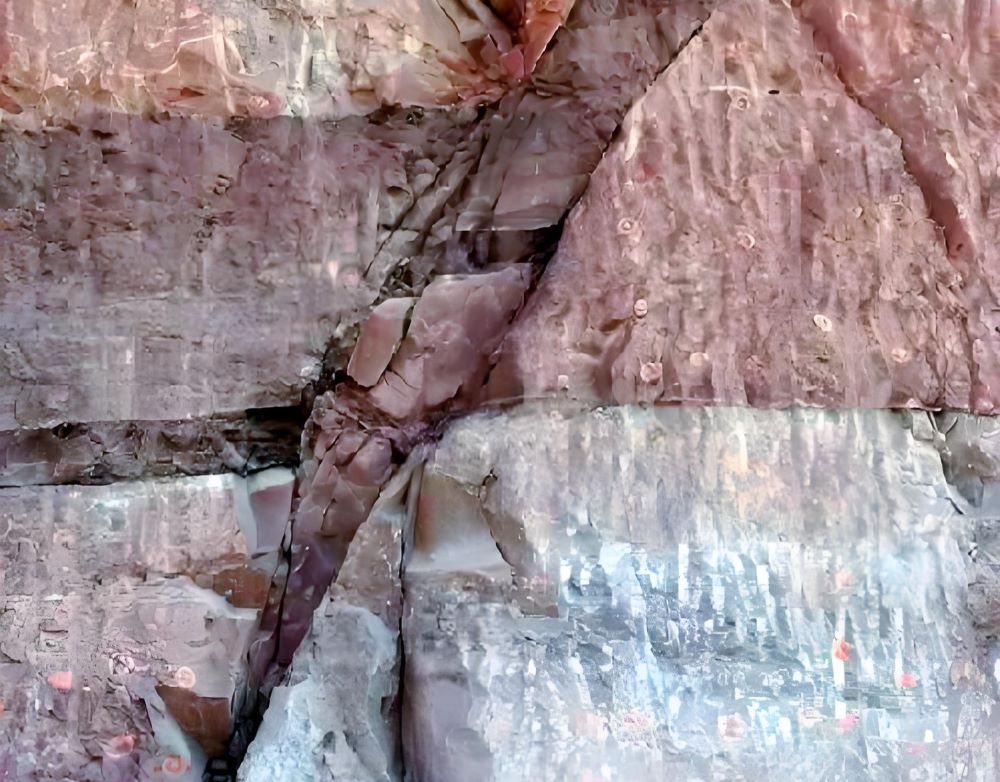Avoiding encountering reverse faults during tunneling is crucial during construction, as the complex geological conditions in reverse fault areas can pose significant difficulties and risks to tunnel construction. The following strategies and techniques can be used to minimize encounters with reverse faults during tunneling:

1. Detailed geological survey: During the project planning phase, in-depth and meticulous geological surveys, including geological surveys, geophysical exploration, and drilling sampling, are conducted to accurately identify the location, strike, dip, and nature of the faults.
2. Optimized route selection: Based on the results of the geological survey, engineers can choose tunnel routes that avoid known reverse faults. By detouring or changing the depth and strike of the tunnel, direct crossing of reverse faults can be avoided as much as possible.
3. 3D geological modeling: Utilizing modern information technology, such as GIS (Geographic Information System) and 3D geological modeling software, survey data is analyzed to construct accurate geological models, helping engineers better understand and predict potential geological problems along the tunnel route.
4. Risk Assessment and Decision Support: Conduct a risk assessment of potential reverse faults, including factors such as fault activity, groundwater conditions, and rock mass stability, to provide a scientific basis for engineering decision-making.
5. Dynamic Design and Construction: During construction, utilize dynamic design methods to promptly adjust design and construction plans based on actual geological conditions. If new signs of faults are discovered, timely measures should be taken, such as changing the excavation direction and strengthening support structures.
6. Advanced Detection Technology: Use advanced detection technologies, such as seismic reflection, electromagnetic, and radar, to conduct advance detection of unknown areas ahead of the tunnel to identify potential faults and other geological obstacles in advance.
7. Emergency Plan: Even with all preventative measures, the possibility of encountering reverse faults cannot be completely ruled out. Therefore, develop a detailed emergency plan, including personnel evacuation, rescue measures, and material preparation, to address potential emergencies.
8. Professional Team and Experienced Construction Team: Hire experienced engineers and construction teams who can make quick judgments and accurate decisions based on actual site conditions to effectively address geological challenges.
By combining these measures, the risk of encountering reverse faults during tunneling can be largely avoided or mitigated, ensuring the safe and smooth progress of the project. However, the complexity and unpredictability of geological conditions mean that even with the most meticulous planning, unexpected situations can arise. Therefore, continuous monitoring, flexible design adjustments, and emergency response capabilities are also crucial.





